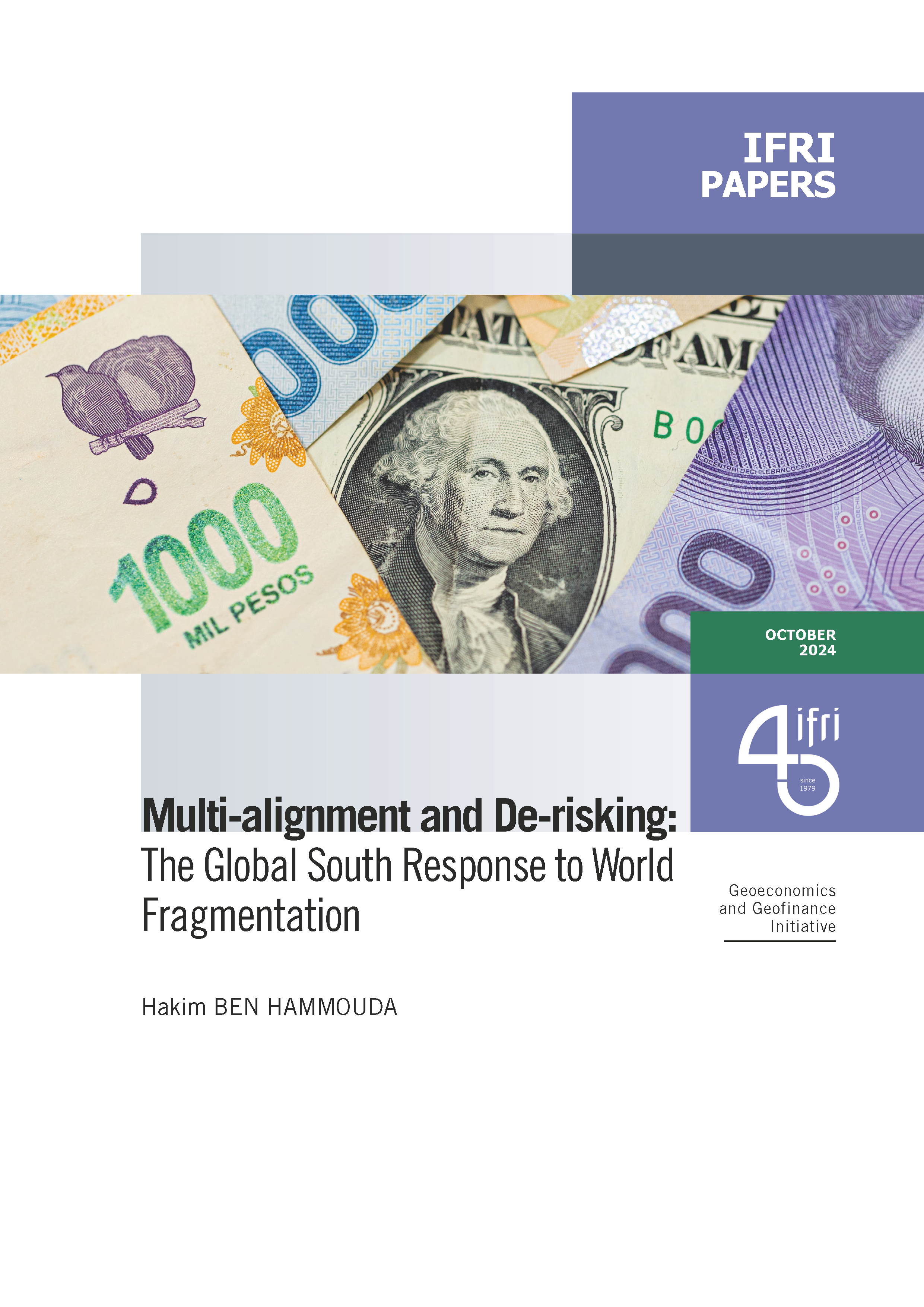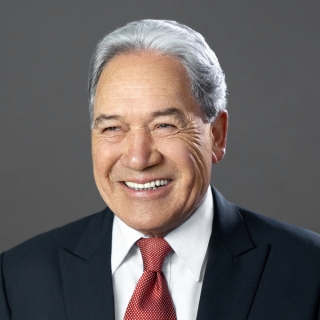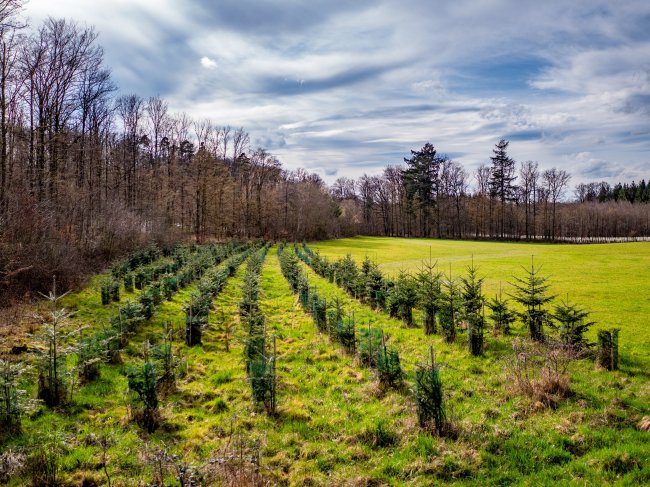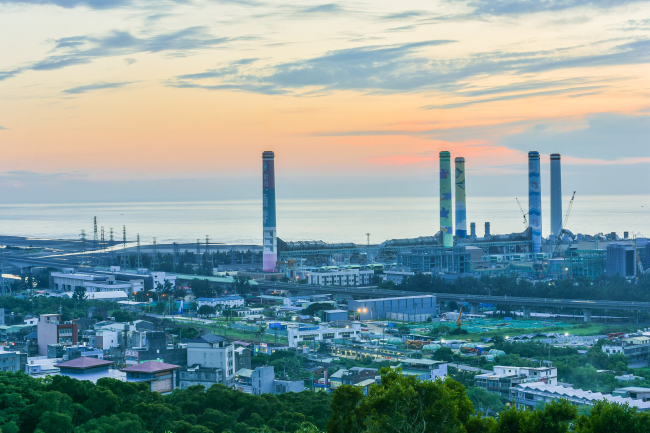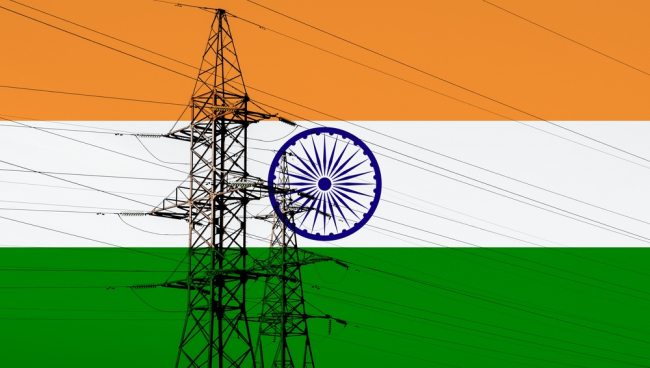Obama Remarks on Energy: Ball in Congressional Court

President Obama has made clear that in the 2012 election, he intends to defend his record on energy from the middle.
Starting his remarks with US oil dependence, President Obama tackles the hearty perennial of US energy xenophobia. Like most Presidents in their third year, he now knows better than to talk of energy independence - as that only works in campaigns and fund raising in the oil patch. His outline for how US dependence could be reduced is quite complete with enough nods to the various shareholders to effectively reveal the political landscape and fault lines.
Republicans will feel especially good about what is not in the speech - neither carbon markets, nor cap and trade targets for reduced CO2 emissions, nor even calls for regulatory vigor. And they will like a good bit of what is in the speech - a call to expand US production of oil and gas, offshore drilling, a robust permitting process and support for nuclear. The President’s new rubric “Clean Energy Standard for America” includes nuclear power - a favorite of Republicans. The effort to reduce import dependence is further advanced by a commitment to the bio-fuels of the corn-state Republicans. And Republicans will not be troubled by President Obama’s warning that investment in energy technologies should not be cut, because they plan to offer tax breaks to the industry - which (for them) is not seen as the same as government spending.
Democrats will find comfort in the cautionary words about drilling for offshore oil and for shale gas and the safe deployment of nuclear power - a necessary component of a lower carbon power sector. President Obama’s call for greater efficiency, second generation bio-fuels which address concerns about ethanol feedstock impact on the food chain and several other transportation initiatives in rail, fleet standards and electric vehicles, will all be well received by Democrats.
What the President chose not to elaborate was the unspoken theme of dangerous technologies and tough choices. He was addressing a nation still alert to the oil-spill disaster in the Gulf of Mexico, recently aggravated by the new docu-drama on shale gas that screened in America and now stunned by the magnitude of the devastation in Japan and the consequent nuclear accident in Fukushima. US nuclear safety institutions were already monitoring developments in Fukushima and the President’s speech-writers knew the news we were hearing was probably not the worst of it - by far. Drawing lessons from those events could not have been done justice in the context of brief “remarks”.
Americans, like Japanese, Europeans and everyone else face a limited choice of energies to fuel their lives. Not one source is without its drawbacks. Instead, President Obama used his visit to Georgetown to set out his agenda for the major initiatives he would like to extract from a reluctant 112th Congress before the elections. With its new Chairman from Michigan, Fred Upton whose early hearings appear intended to undo EPA authority on carbon dioxide and Obama-Care, the House Energy and Commerce Committee may not be the best place for the President to find help. Perhaps better to work with the Senate Energy Committee where a bipartisan team of Jeff Bingaman and Lisa Murkowski might be predisposed to challenge House Speaker Boehner with some hard legislative proposals.
The Macondo accident and Japanese nuclear disaster have softened two Republican top priorities. The remaining political redline in energy is drawn through any mechanisms that even appear designed to put a price on carbon. But, as there are plenty of initiatives in President Obama’s Blueprint for a Secure Energy Future that would go some way to improving the sustainability of America’s energy mix, he has thrown down this somewhat familiar gauntlet to the Congress to do something positive before the coming elections. The President do doubt would like the Tea Party to have to answer to the electorate for any lack of progress.

Available in:
Regions and themes
Share
Related centers and programs
Discover our other research centers and programsFind out more
Discover all our analysesCan carbon markets make a breakthrough at COP29?
Voluntary carbon markets (VCMs) have a strong potential, notably to help bridge the climate finance gap, especially for Africa.
Taiwan's Energy Supply: The Achilles Heel of National Security
Making Taiwan a “dead island” through “a blockade” and “disruption of energy supplies” leading to an “economic collapse.” This is how Colonel Zhang Chi of the People’s Liberation Army and professor at the National Defense University in Beijing described the objective of the Chinese military exercises in May 2024, following the inauguration of Taiwan’s new president, Lai Ching-te. Similar to the exercises that took place after Nancy Pelosi’s visit to Taipei in August 2022, China designated exercise zones facing Taiwan’s main ports, effectively simulating a military embargo on Taiwan. These maneuvers illustrate Beijing’s growing pressure on the island, which it aims to conquer, and push Taiwan to question its resilience capacity.
India’s Broken Power Economics : Addressing DISCOM Challenges
India’s electricity demand is rising at an impressive annual rate of 9%. From 2014 to 2023, the country’s gross domestic product (GDP) surged from 1.95 trillion dollars ($) to $3.2 trillion (constant 2015 US$), and the nation is poised to maintain this upward trajectory, with projected growth rates exceeding 7% in 2024 and 2025. Correspondingly, peak power demand has soared from 136 gigawatts (GW) in 2014 to 243 GW in 2024, positioning India as the world’s third-largest energy consumer. In the past decade, the country has increased its power generation capacity by a remarkable 190 GW, pushing its total installed capacity beyond 400 GW.
The Troubled Reorganization of Critical Raw Materials Value Chains: An Assessment of European De-risking Policies
With the demand for critical raw materials set to, at a minimum, double by 2030 in the context of the current energy transition policies, the concentration of critical raw materials (CRM) supplies and, even more, of refining capacities in a handful of countries has become one of the paramount issues in international, bilateral and national discussions. China’s dominant position and successive export controls on critical raw materials (lately, germanium, gallium, rare earths processing technology, graphite, antimony) point to a trend of weaponizing critical dependencies.



